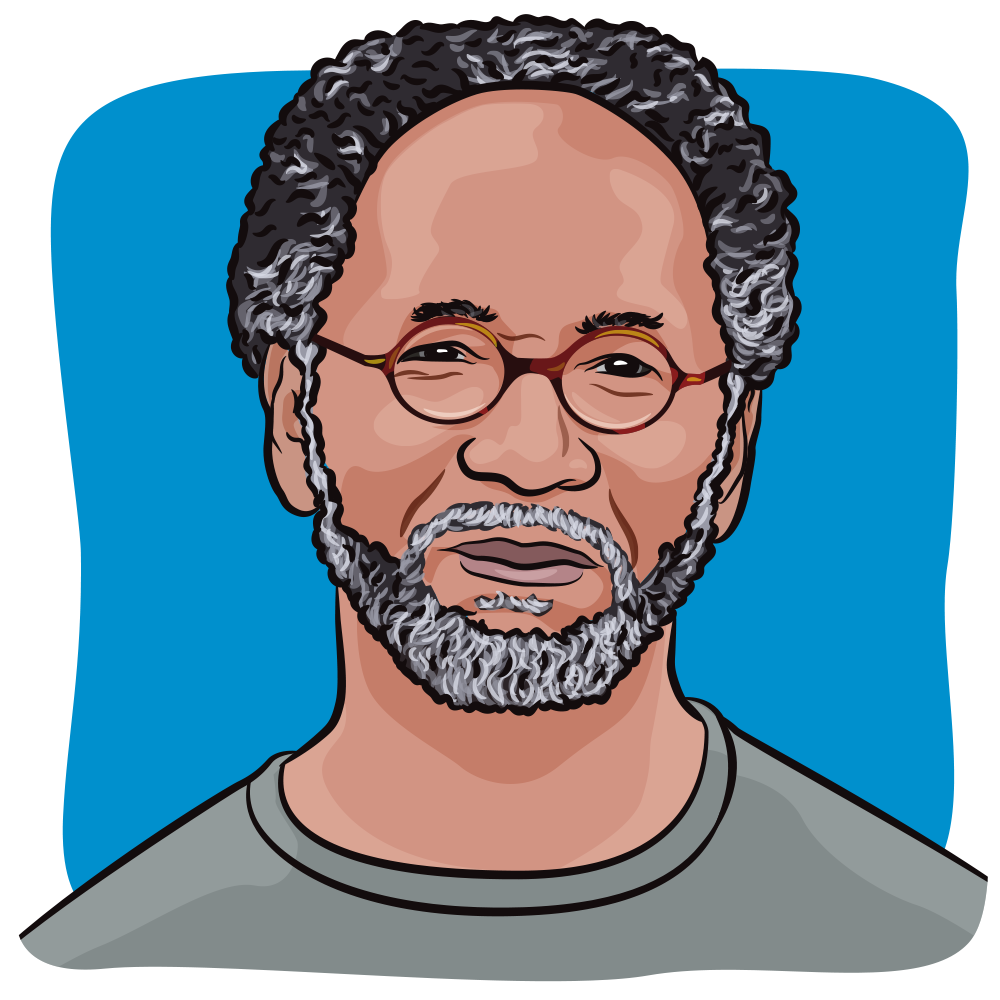Article
Cancer Survivorship Conference Ends with Hope
Author(s):
The Cancer Survivorship Symposium ended Saturday afternoon on a note of hope provided by survivor Wendy Harpham, M.D.
The Cancer Survivorship Symposium ended Saturday afternoon on a note of hope provided by survivor Wendy Harpham, M.D.
Harpham can only be called a survivor extraordinaire, one whose mission is to bring others into the world of survivorship with as many tools as possible to live life fully. She brings the knowledge of a physician, mother, wife and cancer survivor to her writing and her research on how we survive emotionally when cancer strikes.
In 1990 Harpham was the mother of three small children and a successful solo family practitioner in Dallas when she was diagnosed with non-Hodgkin lymphoma at the age of 36.
At the time, the cancer had no cure. She underwent grueling treatment, but her cancer returned in a year, forcing her to close her practice. She turned to writing, publishing multiple books (http://www.wendyharpham.com/writing/) on surviving and parenting while surviving. She chose topics that would provide her readers with support for their own journey. In 2005, she expanded her audience to oncologists with a regular column in Oncology Times to help docs understand how to treat the whole patient.
From 1990 until 2007, she was in and out of treatment. Some remissions were longer than others, but the cancer always came back. She says that in 2007, with her ninth round of treatment, she still had hope that this promising off-label regimen would give her what all her prior treatments had not—a remission that lasted for decades.
And it did. Harpham is now in her tenth year of remission.
She says that it was a few years into survivorship when she sat down to write about hope that she realized there was no definition for the word that worked for her.
“When you look at medical texts, there is no entry for hope, and yet it is critical to survivorship and learning to live with uncertainty.”
She continued to explore in texts of wisdom and philosophy and wrote her own definition of hope as, “a pleasant feeling linked to a belief that the desired outcome can happen.”
“Physicians can’t give patients hope,” she says. “The best we can do is address their feelings and beliefs in the way that sets the stage for hope.”
After her first recurrence, Harpham says she could say she had hope, but could not feel it. She had accepted her situation. What she found in examining her feelings about hope were lessons that explain where she was and where she could go with hope.
Lesson 1: Hopeful acceptance
Harpham says that it was finding hopeful acceptance that provided a place where she could have realistic expectations and still have hope for the best possible outcome.
“We as physicians help the patient when we explain that acceptance means you understand the best outcome is possible, but realistic expectations must be part of the equation.”
Lesson 2: False hope is a real feeling based on a misguided belief.
While false hope feels like realistic hope, it can lead patients away from helpful interventions — and false hope always disappoints in the end. Physicians should reframe the truths, Harpham says, providing facts that may lead patients to new beliefs that foster realistic hopes.
Lesson 3: Not all realistic hopes are healing hopes.
By her third recurrence, Harpham says she had stopped spending time and energy hoping for a cure because it didn’t help. This led to the understanding that not all realistic hopes are healing hopes.
“I don’t hope I am cured,” she says. “What I do hope for is better treatment — a hope that calms my anxiety about the lack of curative therapies and that motivates me to lead a team of walkers every spring, fundraising for lymphoma research.”
She also hopes her checkups detect any problems early, a hope that motivates her to report symptoms rather than ignore them.
Her realistic hopes, she says, continue with such hopes as caring for her body (such as going to the gym instead of watching TV) means she will stay healthy. And for herself and others, she finds hope in seeking out joy and laughter.
“Far more than hope for cure, all those hopes motivate me to act in ways that increase my chance — my hope—of the best possible outcome, and help me wait by focusing my attention on the meaningful opportunities and joyous gifts in each day.
Ever since I let hope for a cure drift into the background, I’ve been happier — too busy living today to worry about dying tomorrow.”
In closing, Harpham left the audience with a line.
“Where there is hope, there is life.”




